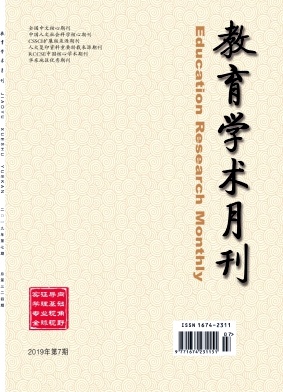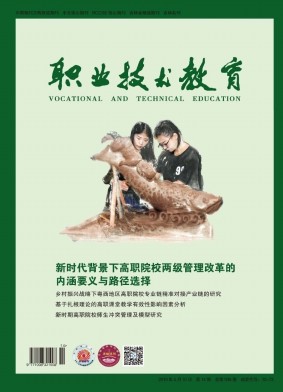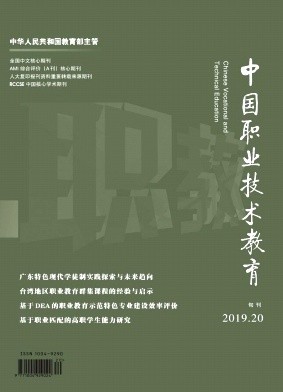摘要 目的研究川楝素对体外卵巢癌细胞恶性生物学行为的作用及其可能的作用机制。方法体外培养人卵巢癌SKOV3细胞,分为低、中、高剂量实验组和对照组,分别以50,60,70μmol·L-1川楝素与等量生理盐水干预,分别干预24,48和72 h。用活细胞计数(CCK-8)法检测人卵巢癌SKOV3细胞增殖抑制情况;用细胞划痕实验检测人卵巢癌SKOV3细胞迁移能力;用Transwell小室实验检测人卵巢癌SKOV3细胞的侵袭能力;用蛋白质印迹(Wb)法检测人卵巢癌SKOV3细胞LIM激酶1(LIMK-1)、丝切蛋白(cofilin)和磷酸化cofilin(p-cofilin)蛋白的表达水平。结果干预72 h时,低、中、高剂量实验组人卵巢癌SKOV3细胞增殖抑制率分别为(56.41±2.69)%,(68.37±3.56)%和(79.51±4.64)%;干预72 h时,对照组和低、中、高剂量实验组人卵巢癌SKOV3细胞的迁移率分别为(92.43±3.51)%,(47.32±4.11)%,(36.25±3.42)%和(18.62±2.69)%;侵袭率分别为(91.48±3.73)%,(76.56±4.12)%和(34.51±3.22)%,(10.36±2.91)%;LIMK-1蛋白相对表达量分别为0.86±0.11,0.59±0.14,0.53±0.12和0.28±0.09;cofilin蛋白相对表达量分别为0.79±0.08,0.82±0.12,0.80±0.10和0.81±0.11;p-cofilin蛋白相对表达量分别为0.90±0.10,0.82±0.12,0.55±0.08和0.24±0.07。随川楝素作用浓度增大,低、中、高剂量实验组人卵巢癌SKOV3细胞增殖抑制率逐渐升高;与对照组比较,低、中、高剂量实验组人卵巢癌SKOV3细胞迁移率、侵袭率及LIMK-1和p-cofilin蛋白相对表达量均显著降低,且呈剂量依赖性(均P<0.05)。结论川楝素具有体外抑制人卵巢癌SKOV3细胞增殖、迁移和侵袭的作用,其作用机制可能与抑制人卵巢癌SKOV3细胞LIMK-1/cofilin信号通路有关。 Objective To investigate the effect and possible mechanism of ligustrazine on malignant biological behavior of ovarian cancer cells in vitro.Methods Human ovarian cancer SKOV3 cells were cultured in vitro and divided into experimental-L,-M,-H groups and control group,and were treated with 50,60,70μmol·L-1 ligustrazine and the same amount of normal saline,intervened for 24,48,72 h.The proliferation inhibition of human ovarian cancer SKOV3 cells was detected by cell counting kit-8(CCK-8)method;cell scratch test was used to detect the migration ability of human ovarian cancer SKOV3 cells;Transwell chamber test was used to detect the invasion ability of human ovarian cancer SKOV3 cells;Western blotting(Wb)method was used to detect the expression of LIM kinase 1(LIMK-1),cofilin and phosphorylated cofilin(p-cofilin)in human ovarian cancer SKOV3 cells.Results At 72 h of intervention,the proliferation inhibition rates of human ovarian cancer SKOV3 cells in experimental-L,-M,-H groups were(56.41±2.69)%,(68.37±3.56)%and(79.51±4.64)%;at 72 h of intervention,the migration rates of human ovarian cancer SKOV3 cells in control and experimental-L,-M,-H groups were(92.43±3.51)%,(47.32±4.11)%,(36.25±3.42)%and(18.62±2.69)%;the invasion rates were(91.48±3.73)%,(76.56±4.12)%,(34.51±3.22)%and(10.36±2.91)%;the relative expressions of LIMK-1 protein were0.86±0.11,0.59±0.14,0.53±0.12 and 0.28±0.09;the relative expression levels of cofilin protein were0.79±0.08,0.82±0.12,0.80±0.10 and 0.81±0.11;the relative expression of p-cofilin protein were0.90±0.10,0.82±0.12,0.55±0.08 and 0.24±0.07.With the increase of the concentration of ligustrazine,the proliferation inhibition rate of human ovarian cancer SKOV3 cells in experimental-L,-M,-H groups were gradually increased and with dose-dependent;compared with control group,the migration rate,invasion rate,and relative expression of LIMK-1 and p-cofilin proteins of human ovarian cancer SKOV3 cells in experimental-L,-M,-H groups were reduced and all with dose-dependent(al
出处 《中国临床药理学杂志》 CAS CSCD 北大核心 2021年第7期847-850,共4页 The Chinese Journal of Clinical Pharmacology
关键词 卵巢癌 SKOV3细胞 川楝素 迁移 侵袭 LIM激酶1 丝切蛋白 ovarian cancer SKOV3 cells ligustrazine migration invasion LIM kinase 1 cofilin
分类号 R28 [医药卫生—中药学]




